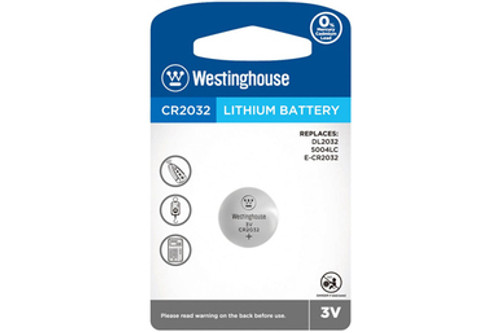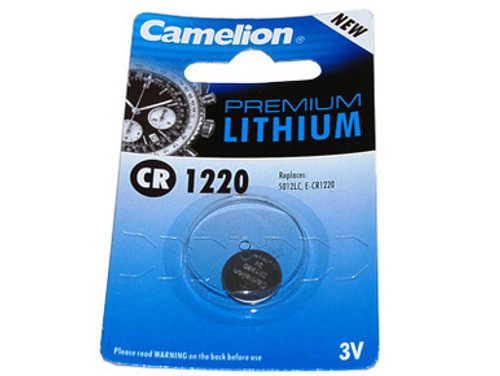Lithium
LITHIUM BATTERIES
Unlocking the Chemistry of Lithium Batteries
In the dynamic landscape of energy storage solutions, lithium batteries have emerged as a frontrunner, offering unparalleled performance, reliability, and versatility across a myriad of applications. From coin cells to photo lithium batteries, and from AA to AAA variants, the realm of lithium batteries encompasses a vast array of chemistries, configurations, and sizes.
Understanding the Chemistry of Lithium Batteries
At the core of lithium batteries lies a sophisticated electrochemical system that converts chemical energy into electrical energy through reversible redox reactions. Unlike conventional alkaline or lead-acid batteries, which rely on aqueous electrolytes, lithium batteries utilize non-aqueous electrolytes and lithium-based chemistries to achieve higher energy densities, longer cycle life, and enhanced performance. The key components of a lithium battery include:
Anode: The anode of a lithium battery typically consists of a lithium-containing material such as lithium metal, lithium cobalt oxide (LiCoO2), lithium iron phosphate (LiFePO4), or lithium manganese oxide (LiMn2O4). During discharge, lithium ions are released from the anode and migrate through the electrolyte to the cathode.
Cathode: The cathode of a lithium battery is typically composed of a transition metal oxide, such as cobalt oxide, iron phosphate, or manganese oxide, capable of accepting lithium ions during charging. The cathode material determines the voltage and specific energy of the battery, with different chemistries offering varying combinations of capacity, voltage, and stability.
Electrolyte: The electrolyte in a lithium battery is a non-aqueous solution composed of lithium salts dissolved in an organic solvent. Common electrolytes include lithium hexafluorophosphate (LiPF6) dissolved in a mixture of ethylene carbonate (EC) and dimethyl carbonate (DMC). The electrolyte facilitates the transport of lithium ions between the anode and cathode during charge and discharge cycles.
Separator: The separator in a lithium battery is a microporous membrane that physically separates the anode and cathode while allowing the passage of lithium ions. The separator prevents internal short circuits and maintains the integrity of the battery structure during operation.
Diverse Applications of Lithium Batteries
Lithium batteries find application across a broad spectrum of industries and technologies, owing to their exceptional energy density, lightweight construction, and long cycle life. Some common types of lithium batteries and their applications include:
Coin Cell Batteries: Coin cell batteries, such as the CR2032 and CR2025, are compact, button-shaped batteries commonly used in small electronic devices like watches, calculators, and key fobs. Their high energy density and stable voltage output make them ideal for low-power applications requiring long-term reliability.
Photo Lithium Batteries: Photo lithium batteries, such as the CR123A and CR2, are specifically designed for high-drain devices like digital cameras, flashlights, and medical equipment. Their ability to deliver high bursts of power and maintain stable voltage over extended periods make them indispensable in demanding applications where performance is critical.
AA and AAA Lithium Batteries: AA and AAA lithium batteries offer a lightweight, long-lasting power source for a wide range of consumer electronics, including remote controls, wireless keyboards, and portable audio devices. Their superior shelf life, low self-discharge rate, and high energy density make them a popular choice for everyday gadgets and devices.
Rechargeable Lithium Batteries: Rechargeable lithium batteries, such as lithium-ion (Li-ion) and lithium polymer (LiPo) batteries, are widely used in portable electronics, electric vehicles, and energy storage systems. Their ability to be recharged hundreds or even thousands of times makes them a cost-effective and environmentally friendly alternative to disposable batteries.
Specialty Lithium Batteries: Specialty lithium batteries encompass a diverse range of chemistries and configurations tailored to specific applications, including lithium-thionyl chloride (Li-SOCl2) batteries for industrial sensors, lithium iron disulfide (LiFeS2) batteries for medical devices, and lithium polymer batteries for wearable electronics and IoT devices.
Innovations and Future Trends
As technology continues to advance, the landscape of lithium batteries is constantly evolving to meet the growing demands of modern society. Emerging trends in lithium battery technology include:
Solid-State Lithium Batteries: Solid-state lithium batteries represent the next frontier in battery technology, offering enhanced safety, energy density, and lifespan compared to traditional liquid electrolyte batteries. By replacing the flammable liquid electrolyte with a solid-state electrolyte, solid-state batteries promise to revolutionize industries ranging from electric vehicles to grid-scale energy storage.
High-Energy Density Chemistries: Researchers are actively exploring novel electrode materials and electrolyte formulations to achieve higher energy densities and improved performance in lithium batteries. From silicon anodes to sulfur cathodes, these advanced chemistries hold the potential to significantly increase the energy density of lithium batteries, enabling longer range electric vehicles and more efficient energy storage solutions.
Smart Battery Management Systems: Integrated battery management systems (BMS) are becoming increasingly sophisticated, offering real-time monitoring, state-of-charge estimation, and thermal management capabilities to optimize the performance and safety of lithium batteries. By leveraging data analytics and machine learning algorithms, smart BMS solutions enable predictive maintenance, fault diagnosis, and energy optimization in battery-powered systems.
Environmental Sustainability: With growing concerns over environmental impact and resource depletion, the quest for sustainable lithium battery technologies has gained momentum. From recycling and repurposing spent batteries to developing eco-friendly electrode materials and manufacturing processes, efforts are underway to minimize the environmental footprint of lithium battery production and disposal.
Lithium batteries represent a pinnacle of energy storage technology, offering unparalleled performance, reliability, and versatility across a wide range of applications. By understanding the intricate chemistry, diverse applications, and future trends of lithium batteries, consumers can make informed decisions and harness the full potential of this transformative technology. As we look towards a future powered by clean, efficient, and sustainable energy solutions, lithium batteries stand at the forefront of innovation, driving progress and prosperity for generations to come.






















